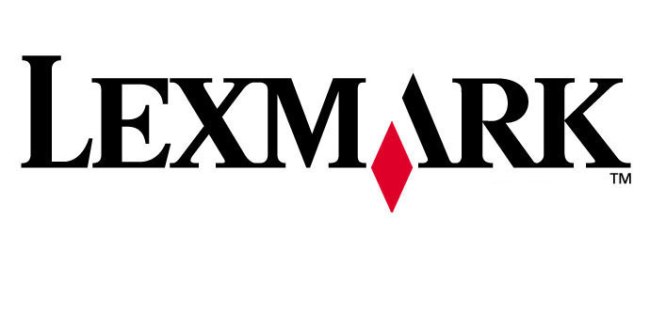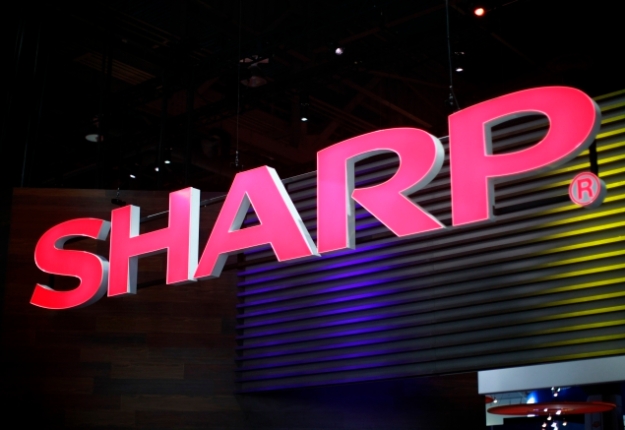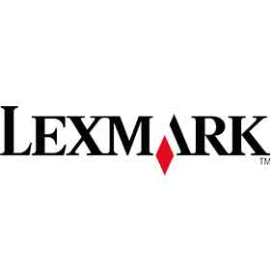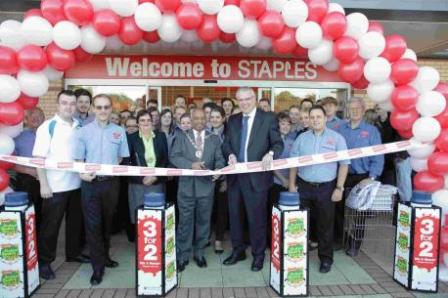
Bolton College is one of the largest providers of vocational training and further education in north-west England. Recently the College relocated to a new £70 million town-centre campus. As part of the relocation, the College’s IT department used the move as an opportunity to rationalise the print management and document imaging provision for academic staff and students.
Railton Knott, IT Manager for the College, outlined what was involved: “At our previous location there were over 280 printers. These were mostly black and white laser printers, with a few ink jet and colour models and in some cases, there were two or three printers in a single room. Managing the logistics of a printer fleet that size, with various suppliers and different contracts was very demanding – not just from an administrative perspective but also from the management of costs and support. The diversity of models meant the IT team were dealing with supporting a range of different technical support issues, and having to stock and supply many different consumables – such as toner cartridge types. It was clear we needed to rationalise our range of suppliers and print technologies.”
The College also had a number of older photocopiers that were not networked. Railton and his team needed a more efficient and effective solution to meet the demanding needs of the College and decided to investigate using multifunctional devices for their workgroups. The move to a new state-of-the-art campus was perfect timing for this project and the team worked closely with its procurement partners, Tenet Education Services, in its selection process for a new supplier of print services.
Christine Dennen, Tenet’s Procurement Officer added “We decided to use the Buying Solutions (renamed Government Procurement Service – GPS) public sector framework agreement and issued a tender document. One supplier declined to tender and from the remaining six we shortlisted three, one of these being Konica Minolta”. Konica Minolta is one of only seven suppliers that have been awarded a framework agreement with Buying Solutions to supply multifunctional printing products and services, print room and managed services. Christine continued, “We went to the IPEX print exhibition in Birmingham and saw demonstrations of some of the systems. The Konica Minolta print technologies and services stood out in terms of build quality and while not the deciding factor, this was an important consideration. It was also going to be much easier to integrate the software solutions used by the College with the Konica Minolta systems than those of other suppliers.”
The bEST OpenAPI system architecture, used by Konica Minolta multifunctional devices, allowing seamless integration of third party software – for applications such as authentication tools, pull print functionality and metadata enhanced scanning. Applications are integrated into the panel of Konica Minolta devices, offering enhanced features including document delivery and sharing. For the College, Konica Minolta was able to demonstrate how ‘MiFare contactless card authentication’ could be integrated into the company’s multifunctional devices. The Pcounter software used by the College to monitor usage of the multifunctional devices around the campus could also be integrated into the Konica Minolta managed print systems.
“The key deciding factors for the award of the tender to Konica Minolta were down to the proven professionalism of approach; the ‘future-proof’ nature of their proposal; and the cost-effectiveness, underpinned by providing the most competitive bid”, Christine said. Konica Minolta implemented a networked print solution based on 38 colour multifunctional devices placed at strategic locations around the college. “The installation process for the Konica Minolta multifunctional devices was one area I didn’t have to worry about”, Railton also added. “Konica Minolta was very flexible about delivery, fitting in with the building completion schedule.”
Following installation, full training was provided which eased resistance to the loss of desk-top printers amongst college staff. “The move to the new building, coupled with the obvious increased functionality provided by the networked devices, meant that everyone was very positive about the new print solution and the obvious environmental and cost benefits to the College. Virtually all the personal printer fleet was eliminated and we were also able to remove a lot of stand-alone fax machines and scanners, because the Konica Minolta devices provided these functions as an integral element.”
In addition to office multifunctional devices, the College had a requirement for digital production print systems for use in its new print room. Konica Minolta was also able to supply three state-of-the-art high speed mono and precision colour digital systems, with an online perfect binding finisher for producing books and bound documents. The College uses Konica Minolta JT Web software that allows users to send print jobs to the print room via its Intranet using a simple web browser interface. Konica Minolta high-speed digital systems have allowed the College to reduce the amount of outsourced print work, enabling it to remain responsive and flexible whilst controlling quality and reducing costs.
In operation the new networked managed print solution supplied by Konica Minolta has proved to be a huge success, reducing operational costs and administrative time, whilst at the same time increasing efficiencies. Railton continues “All the devices are set to black and white, double-sided output as the default, which sets a standard and minimises costs – although users are able to select a variety of other options depending on their requirements. Students have access to six devices and are allocated an initial copy and print allowance which they can then top up as and when they need to. Staff use their MiFare cards to authenticate themselves at the multifunctional device which enables them to access various features and collect their jobs from whatever device they want – for example they can collect their print from another floor if they are on their way to a meeting. The system also provides a wealth of Management Information and statistics around usage which is vital for the College’s core functions such as internal billing.
“The usage records have also allowed Konica Minolta to optimise usage of the multifunctional devices; for example it has allowed us to reposition devices in high workload areas with those less utilised to balance duty cycles across our fleet.”
Following installation, the College has enjoyed excellent after sales support and care from Konica Minolta. “The reliability of the devices is great, but if we need to make a service call, response is rapid and issues are sorted out fast”, Railton says. Christine added, “We have an excellent relationship with Konica Minolta. We hold regular account review meetings where we are able to monitor services, develop the services and plan for the future. The team is always pro-active in their approach, respond very quickly to any action points, and it feels like a true partnership.”
The College has seen substantial benefits from the new Konica Minolta print solution, both economic and logistical. “The cost of our print output has reduced by a third since we switched to using Konica Minolta multifunctional devices. The billing is simpler to understand and administer and all the device contracts are on a co-terminus end date to ease transition. We are spending a lot less on toner and ink cartridges which previously had to be catalogued and stored. Now print consumables like this are automatically supplied as and when a device requires it, due to the innovative CS Remote Care solution built into the devises, meaning we don’t need to manually order, or hold and administer stock. Our print room can now cope with all the major College print jobs including perfect bound colour work. “Print output is one thing I no longer have to worry about”, Railton concluded.
Case Study Available @ http://www.konicaminolta.co.uk/fileadmin/content/uk/Business_Solutions/Press/casestudies/Konica_Minolta_helps_Bolton_College_Save_A_Third_on_Print_Costs_Case_Study.pdf
Originally published @ konicaminolta.co.uk











